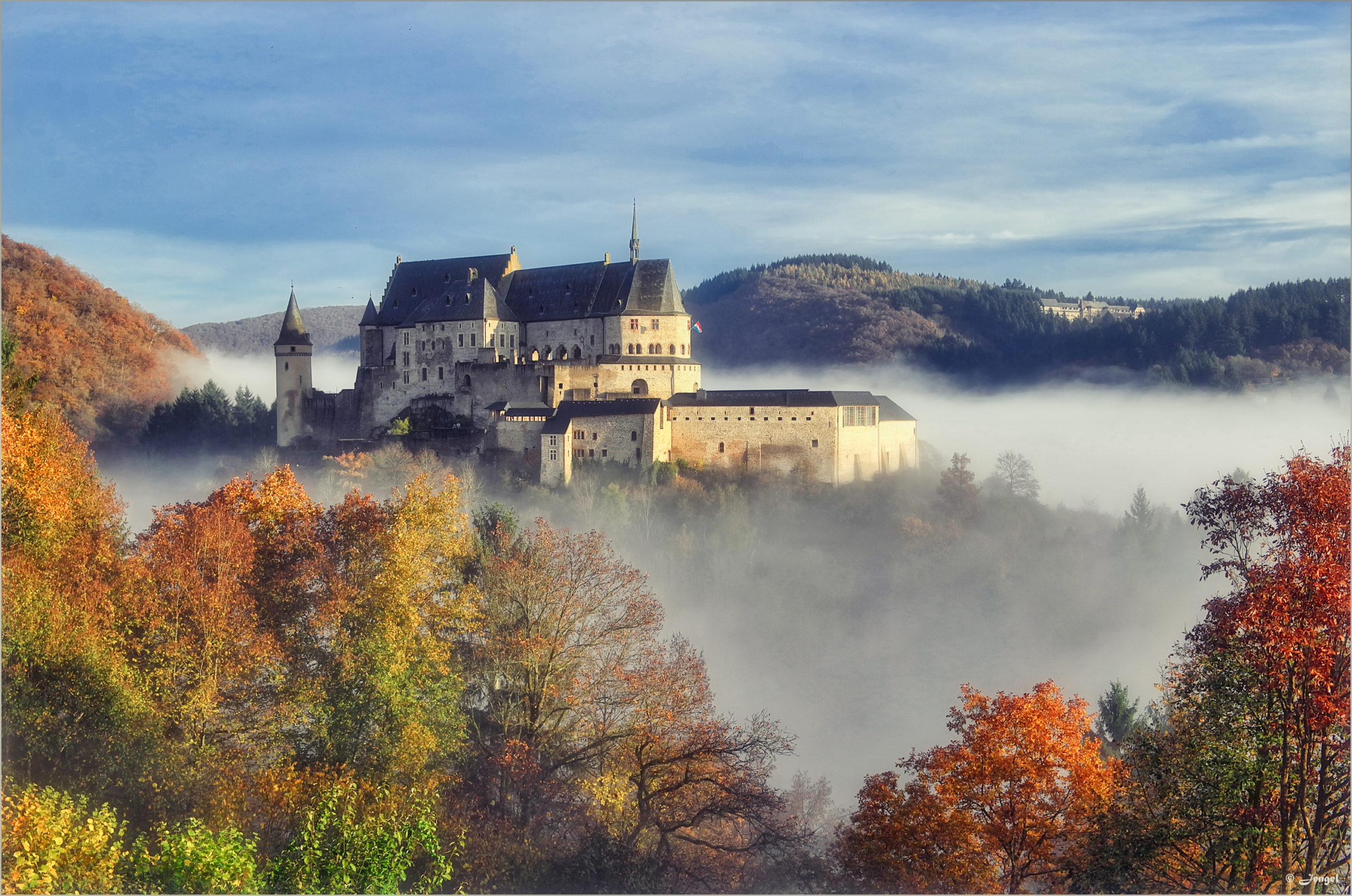
Tucked between Belgium, France, and Germany, Luxembourg may be one of Europe’s smallest countries, but its cultural depth, natural beauty, and historical significance make it an unforgettable destination. Visiting Luxembourg is like walking through a living museum—with castles perched on hills, cobbled old towns, and deep forests that echo with legends.
Often overshadowed by its larger neighbors, Luxembourg stands out for its charm and efficiency. Whether you’re exploring the towering fortifications of Luxembourg City or sipping wine in the Moselle Valley, the country offers a rich blend of the past and present. This guide is your window into traveling to Luxembourg and a roadmap to its must-see sights.

Luxembourg’s Fascinating History: From Fortress to Financial Hub
Luxembourg’s roots trace back to 963 AD, when Count Siegfried acquired a small fort known as “Lucilinburhuc” on the Bock promontory. This is now the historic center of Luxembourg City. Over the centuries, Luxembourg’s strategic location attracted multiple powers, including the Spanish, French, Austrians, and Prussians. All left their mark on the country’s architecture and culture.
The Casemates du Bock, a maze of underground tunnels, are remnants of this military legacy and are now a UNESCO World Heritage site. These tunnels once sheltered thousands of soldiers and horses during sieges and wars.
Despite its turbulent history, Luxembourg gained full independence in the 19th century evolving into one of Europe’s most stable democracies. Today, it is a founding member of the European Union and home to several major EU institutions. The country successfully balances old-world heritage with modern governance and financial prowess.

Luxembourg City: Where the Old Meets the New
Luxembourg City effortlessly weaves together centuries of history with sleek modern development, creating a unique atmosphere that captivates every visitor. As the country’s capital, it’s both a political powerhouse—home to major European Union institutions—and a treasure trove of medieval charm. Wander through the upper town, where Gothic spires and the elegant Grand Ducal Palace reflect the city’s royal past. Just steps away, glass-and-steel buildings in the Kirchberg district represent Luxembourg’s cutting-edge financial and tech future. One of the city’s most iconic features is the Casemates du Bock. A vast network of underground fortifications carved into the cliffs, offering a glimpse into the city’s military history and stunning panoramic views. Whether you’re exploring ancient bridges or sipping espresso at a riverside café, visiting Luxembourg City is a journey through time. Perfect starting point for your exploration of the country.
Vianden Castle: A Fairy-Tale Fortress
North of the capital lies Vianden, home to one of Europe’s best-preserved medieval castles. Set atop a rocky hill, Vianden Castle dates back to the 10th century and was once home to the Counts of Vianden. Its Romanesque and Gothic architecture transports visitors to the Middle Ages.
The village of Vianden itself is picture-perfect, with quaint houses, riverside cafes, and a chairlift offering panoramic views.
Echternach and Mullerthal Trail: Nature and Spirituality Combined

Visiting Echternach, Luxembourg’s oldest town, feels like stepping into a timeless sanctuary. Founded in the 7th century by Saint Willibrord. This picturesque town is known for its impressive abbey, serene basilica, and quiet streets that echo with centuries of spiritual heritage. But just beyond its historic walls lies a dramatic shift—from sacred spaces to wild, untouched nature. The Mullerthal Trail, often referred to as “Little Switzerland,” invites travelers into a world of lush forests, narrow gorges, and fantastical rock formations. This award-winning hiking route winds through the region’s stunning terrain, perfect for outdoor enthusiasts and those seeking a peaceful escape. Whether you’re reflecting in a centuries-old chapel or hiking beneath towering sandstone cliffs, this part of Luxembourg beautifully balances soul-stirring history with breathtaking natural wonder.
Clervaux and the Ardennes: A Quiet Escape
Nestled in the northern Ardennes, Clervaux is a town steeped in serenity. The whitewashed Clervaux Castle houses a branch of The Family of Man photography exhibit, curated by Edward Steichen and recognized by UNESCO.
Nearby, the rolling hills and forests are ideal for nature lovers and road-trippers looking for quiet villages and scenic routes.
Moselle Valley: Luxembourg’s Wine Country
Stretching along the border with Germany, the Moselle Valley is the country’s wine heartland. Known for its crisp white wines like Riesling and Pinot Gris, this region is dotted with vineyards, riverfront towns, and wine cellars open for tastings.
Remich and Grevenmacher are great base towns, offering boat rides, cycle paths, and regional cuisine featuring river fish and local cheeses.

A Jewel Waiting to Be Explored
Luxembourg might be small, but it offers a travel experience as rich as any major European destination. With its deep-rooted history, fairy-tale towns, lush trails, and fine cuisine, visiting Luxembourg in 2025 promises both serenity and wonder.
From its medieval ramparts to its scenic vineyards, Luxembourg proves that good things often come in small packages.
Explore more at the Official Luxembourg Tourism Site.
